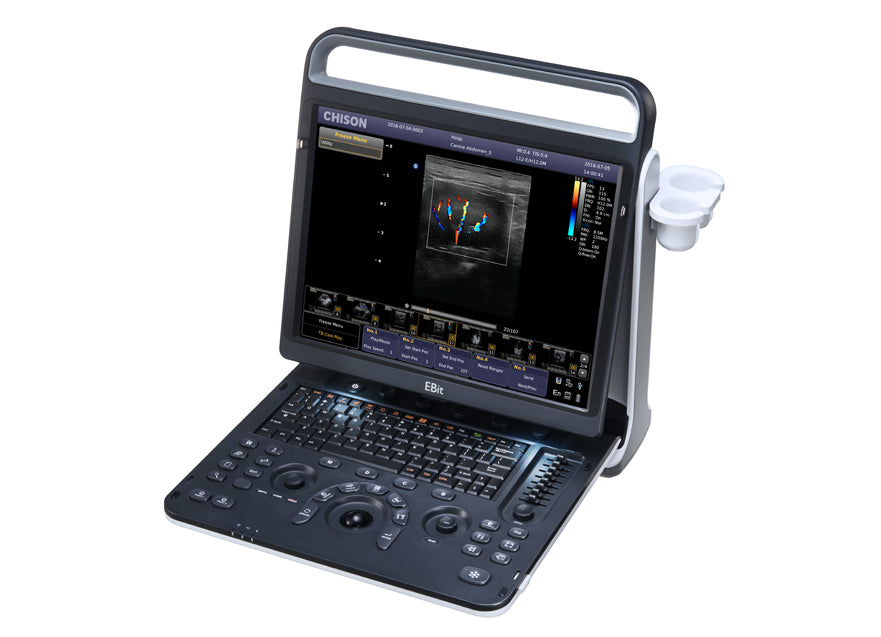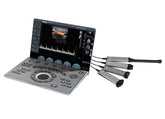Introducing specific application cases of veterinary ultrasound in disease diagnosis
There are many specific application cases of veterinary ultrasound in disease diagnosis. Here are some common examples:

Gastrointestinal disease diagnosis: Ultrasound can be used to detect foreign bodies, inflammatory bowel disease, and tumors in the gastrointestinal tract. Through ultrasound imaging, veterinarians can observe the thickness, layered structure, and abnormal echoes of the gastrointestinal wall to determine whether there are lesions.
Hepatobiliary system disease diagnosis: Ultrasound plays an important role in the diagnosis of hepatobiliary system diseases. It can be used to detect the size, shape, echo, and blood flow of the liver and gallbladder, helping veterinarians to detect tumors, cholecystitis, cholelithiasis and other diseases.
Spleen problem diagnosis: Spleen problems such as splenic torsion and tumor formation can also be diagnosed by ultrasound. Ultrasound can clearly show the shape, structure, and blood flow of the spleen, helping veterinarians determine whether the spleen is healthy.
Urinary tract problem diagnosis: Urinary tract problems such as urolithiasis and cystitis are also common applications of ultrasound diagnosis. Through ultrasound examination, veterinarians can observe the structure and echo of the urinary tract, thereby discovering abnormalities and formulating corresponding treatment plans.
Diagnosis of vascular system lesions: Ultrasound also has advantages in the diagnosis of vascular system lesions. It can be used to detect vascular problems such as thromboembolism and tumors, and provide quantitative information on blood flow velocity and direction.
These application cases show that veterinary ultrasound has a wide range of application value in disease diagnosis. By providing clear and real-time image information, ultrasound technology provides veterinarians with a powerful diagnostic tool that helps improve the accuracy and efficiency of diagnosis.











